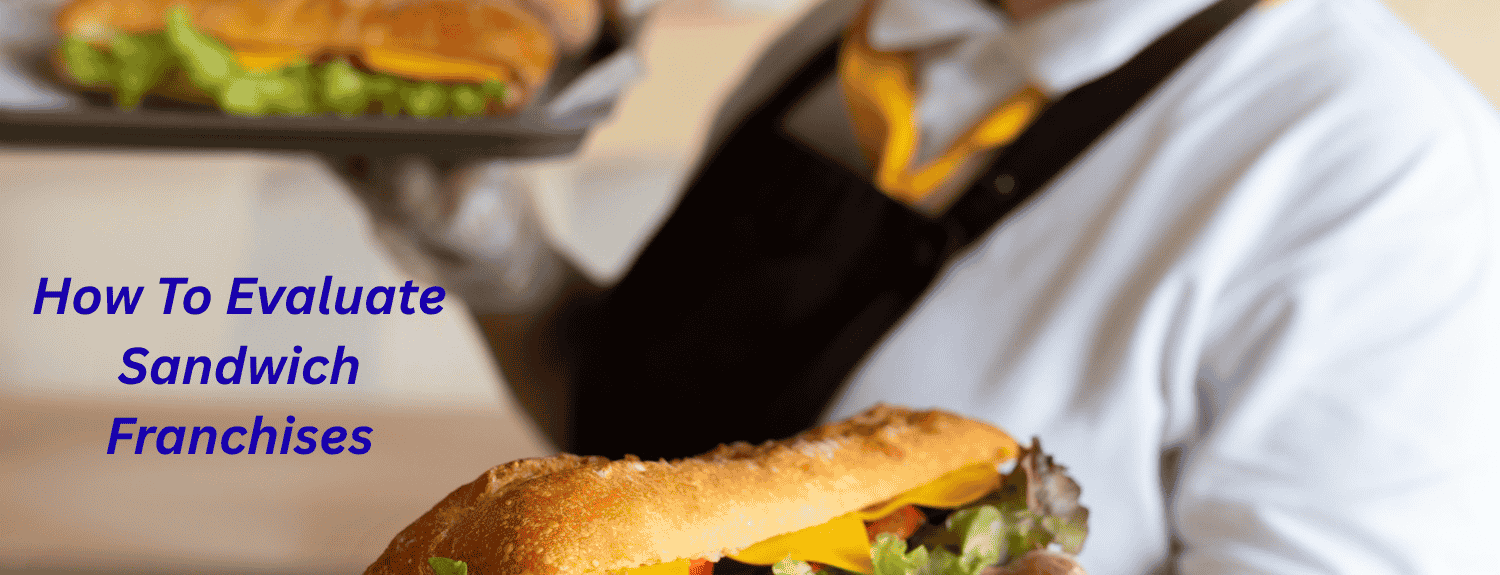How To Evaluate Sandwich Franchises: A Practical Guide
Breaking into the food business through a franchise can shortcut a lot of trial and error — but it’s not a shortcut for homework.
If you’re focusing on sandwich franchises as your entry point, this guide walks through the checklist every prospective owner should run through: why franchises appeal, what to look for in the offering, finances and funding, location and operations, and how to decide whether to sign.
Why Franchises Matter (And What They Really Offer)
A well-run franchise brings a tested concept, brand recognition, and an operations playbook. For busy entrepreneurs, that means less time inventing systems and more time executing them. Still, the safety net is not automatic: success depends on the brand’s health, the quality of training and ongoing support, and your fit with the model. The Small Business Administration recommends treating a franchise purchase like any other business acquisition—do thorough, objective due diligence and involve professionals such as an attorney and an accountant.
Read The Franchise Disclosure Document (FDD) Like A Detective
The FDD is the spine of the offer. It lists fees, obligations, litigation history, and critical performance data (if provided). Pay special attention to:
- Item 7: Initial investment and startup costs.
- Item 8: Restrictions on territory and operations.
- Item 19: Earnings claims (if present)—these are rare but valuable.
- Item 20: Current unit breakdown (corporate vs. franchise) and transfers/terminations.
Don’t skim. Use the FDD to create a spreadsheet of one-time and recurring costs, then verify those numbers by talking to current franchisees listed in the FDD.
Money: Upfront Costs, Ongoing Fees, And Funding Options
Start-up costs typically include the franchise fee, buildout and equipment, initial inventory, working capital, and pre-opening marketing. Ongoing obligations often include royalties (a percentage of revenue), advertising fund contributions, and required vendor relationships.
If you need external capital, the SBA remains a primary resource for franchisees because it outlines the loan types commonly used for franchise purchases and offers guidance on eligibility and documentation. Many lenders look for a clean FDD, reasonable financial projections, and evidence that the franchisor supports franchisees during the ramp-up period.
Choosing The Right Location And Format
Foot traffic still matters for sandwich concepts, but formats vary: full-service walk-in shops, smaller express units inside office buildings or campuses, and drive-thru or delivery-first models. Think through:
- Demographics: Who eats there—office workers, students, commuters?
- Peak Hours: Is lunch the main revenue window, and can you expand sales beyond it?
- Rent Economics: Higher rent areas can bring volume but squeeze margins. Ask the franchisor for revenue ranges by location type so you can model realistic scenarios.
Operations: Training, Supply Chain, And Staff
A franchise’s training program is a leading predictor of consistent execution.
Confirm the duration of the initial training, whether it includes on-site support at the opening, and what ongoing coaching entails. Also, audit the supply chain: which items are required to be purchased centrally (and at what price), and which can be sourced locally?
The more centralized and transparent the supply system, the easier it is to maintain product consistency, but also the more fixed your input costs may be.
Talk To Other Franchisees
No single number in the FDD tells the whole story. Use the FDD’s list of current and former franchisees to ask:
- How long did it take to reach break-even?
- How predictable are monthly royalties and ad fund deductions?
- How responsive is franchisor support when problems arise?
- What would they change if they could start over?
Aim to speak with franchisees across several vintages (new, mature, and those who left the system) to get a balanced view.
Key Risk Factors To Watch For
- High corporate-to-franchise ratio: If most units are corporate-owned, franchisees may receive less strategic focus.
- Frequent litigation or terminations: Repeated disputes can be a red flag.
- Opaque earnings data: If the franchisor refuses to share unit-level performance, insist on more transparency or move on.
- Rapid expansion without support: Fast growth is attractive, but it can outpace the ability to train, supply, or maintain quality control systems.
Negotiation Levers
Not everything in a franchise agreement is immutable.
Experienced buyers often negotiate site selection timelines, exclusive territories (where appropriate), and some initial fee structures. Ask whether the brand provides a negotiated addendum or other documented mechanisms that have been used with previous franchisees.
Where To Start (Practical Next Steps)
- Request the FDD and build a cost model (startup & 12–24 months of operating cash needs).
- Hire a franchise attorney to interpret contractual obligations.
- Speak with at least five current and two former franchisees from the FDD.
- Explore financing early. Many lenders will want a complete FDD and three years of financial projections.
Final Bite: Choose Wisely
Brand reputation, realistic cost modeling, reliable training, and access to capital are what truly separate winners from the rest. Take the time to read the FDD, speak to other franchisees, and validate assumptions on revenue and expenses before signing.
Choosing among sandwich franchises will be less about hype and more about fit. So pick the one that matches your budget, background, and appetite for hands-on management.
Note: Sponsored Blog Post
Read Also:



